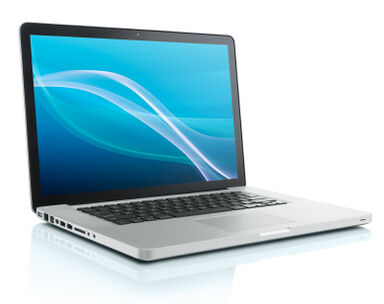WYSIWYG Definition
wĭzē-wĭg
noun
A computer video screen display that shows data exactly as it will appear in printed form.
Webster's New World
adjective
Relating to or being a computer system in which the screen displays text and graphics exactly as they will be printed.
American Heritage
abbreviation
Alternative spelling of WYSIWYG.
Wiktionary
Other Word Forms of WYSIWYG
Noun
Singular:
WYSIWYGPlural:
wysiwygsOrigin of WYSIWYG
w(hat) y(ou) s(ee) i(s) w(hat) y(ou) g(et)
From American Heritage Dictionary of the English Language, 5th Edition
